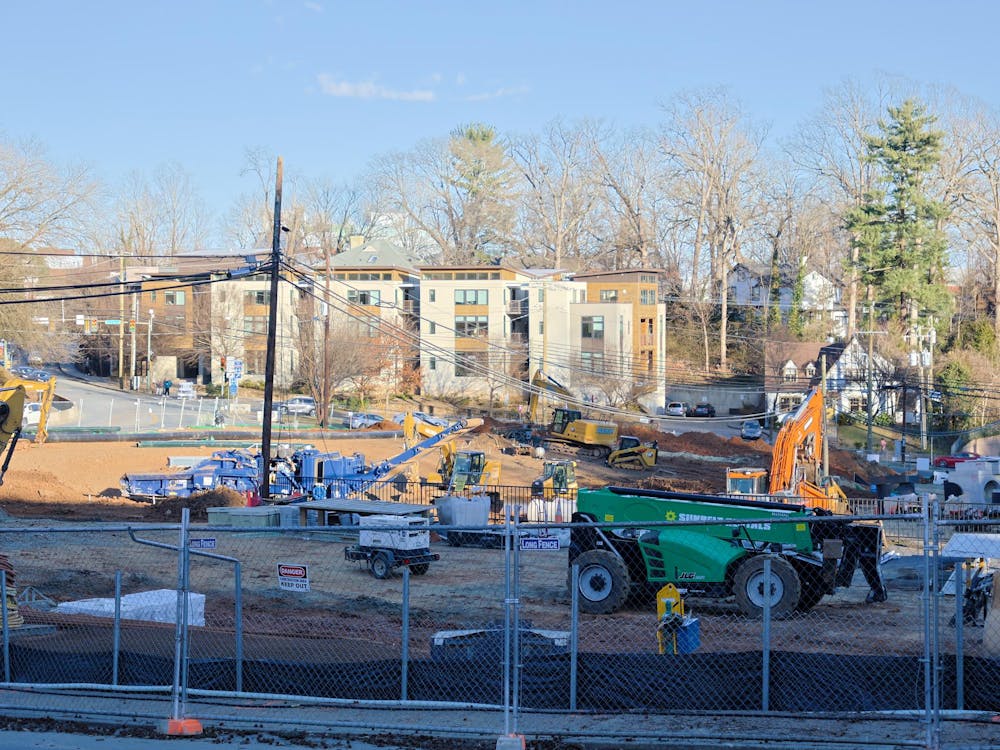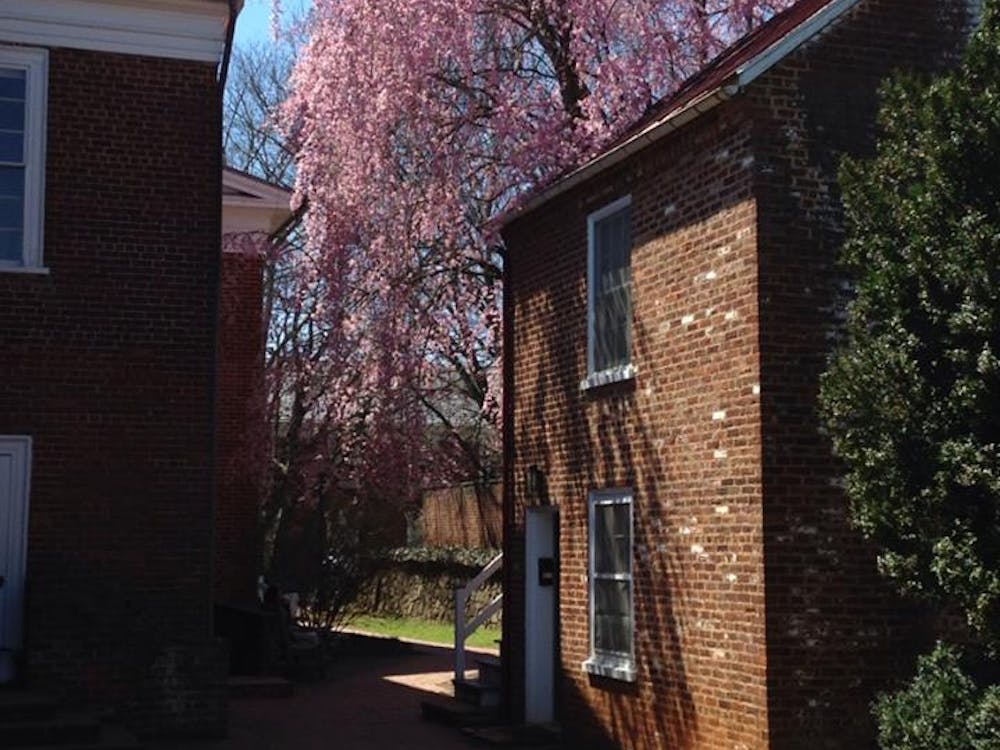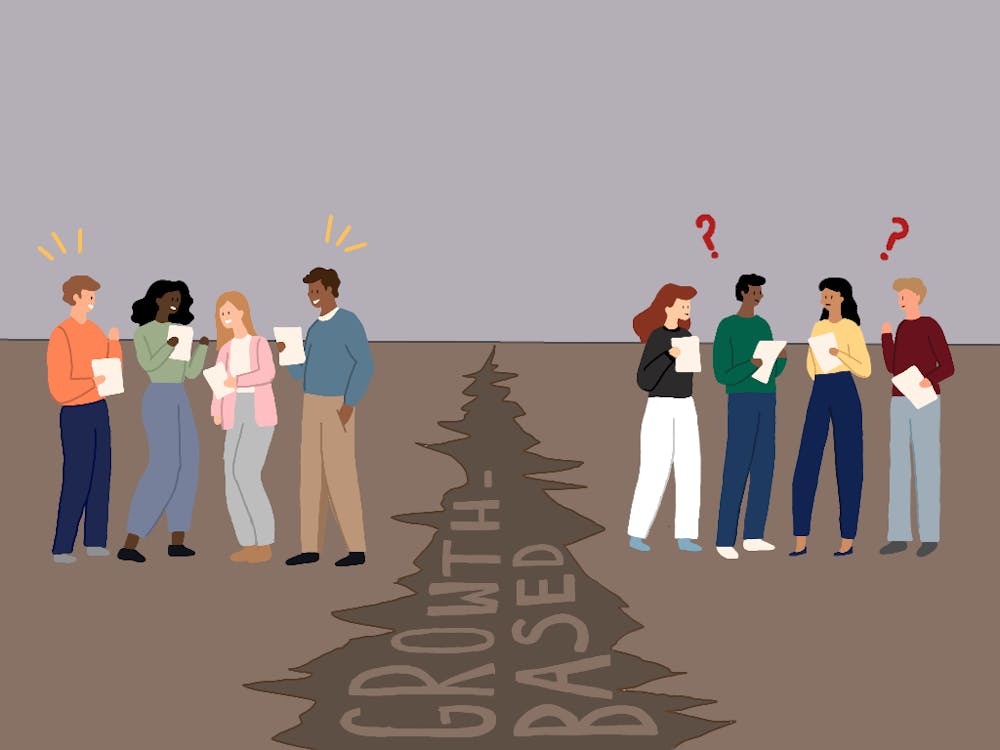Following the June repeal of the Defense of Marriage Act, president of the Human Rights Campaign Chad Griffin released a statement in which he estimated that marriage equality would exist in all 50 states within five years. With Hawaii and Illinois recently moving to legalize same-sex marriage, Griffin’s prediction seems reasonable. The inevitable arrival of nationwide marriage equality is exciting; however, we must exercise caution in framing marriage equality as the primary goal of gay rights movement.
Legislation that ensures nationwide marriage equality is not a cure-all for the injustices and inequalities associated with sexual orientation. A 2012 Gallup poll revealed that LGBT Americans tend to have lower education and income levels. The Williams Institute, a think tank at the University of California at Los Angeles School of Law, conducted a study regarding the relationship between homelessness and sexual orientation, reporting that more than 40 percent of those served by homeless youth organizations are LGBT.
Furthermore, House Republicans are refusing to address a bill passed by the Senate that would prohibit workplace discrimination based on sexual orientation and gender identity. A significant contingent of Americans continues to believe that millions of other Americans do not deserve such protections. Civil rights legislation in the 1960s did not entirely rectify issues of racial inequality, as evidenced by persisting disparities in class and education associated with race. Likewise, legislation that brings nationwide marriage equality will not end inequalities associated with sexual orientation.
Inequalities associated with sexual orientation also intersect with racial inequalities. Mainstream queer culture is largely white and upper-class (think Anderson Cooper, Lady Gaga and San Francisco). Following the 2008 passage of Proposition 8 in California, a state amendment overturning same-sex marriage, members of mainstream queer politics betrayed significant disdain toward racial minorities who had voted in large proportions for the passage of the proposition. Gay rights activist Dan Savage wrote a blog post entitled “Black Homophobia” in which he discussed the extent to which “the huge numbers of homophobic African Americans are [a problem] for gay Americans.” Under the assumption that the interests of LGBT and African American communities are mutually exclusive, Savage’s post illustrates the divide between mainstream queer culture and people of color who are LGBT. Such destructive thinking reinforces inequalities within the LGBT community and between white LGBT people and LGBT people of color. These are inequalities that we must address, in addition to inequalities existing within the institution of marriage.
I do not mean to downplay the importance of organizations that aim to secure nationwide marriage equality. Groups and coalitions with specific objectives are necessary in building a movement to protect gay rights. If the objective of nationwide marriage equality is achieved, a greater number of Americans will certainly be more receptive to creating legal protections for members of the LGBT community. Nevertheless, nationwide marriage equality should exist only as a proximal goal. The ultimate goal of the gay rights movement should be complete equality.
It would be wrong to say that inequalities affecting racial minorities in the U.S. ended with civil rights legislation. It would also be wrong to say that inequalities affecting LGBT persons will end with nationwide marriage equality. We must look beyond marriage equality and at inequalities such as those associated with class, education, labor and race intersecting with sexual orientation.
Nazar Aljassar is an Opinion columnist for The Cavalier Daily. His columns run Fridays.






